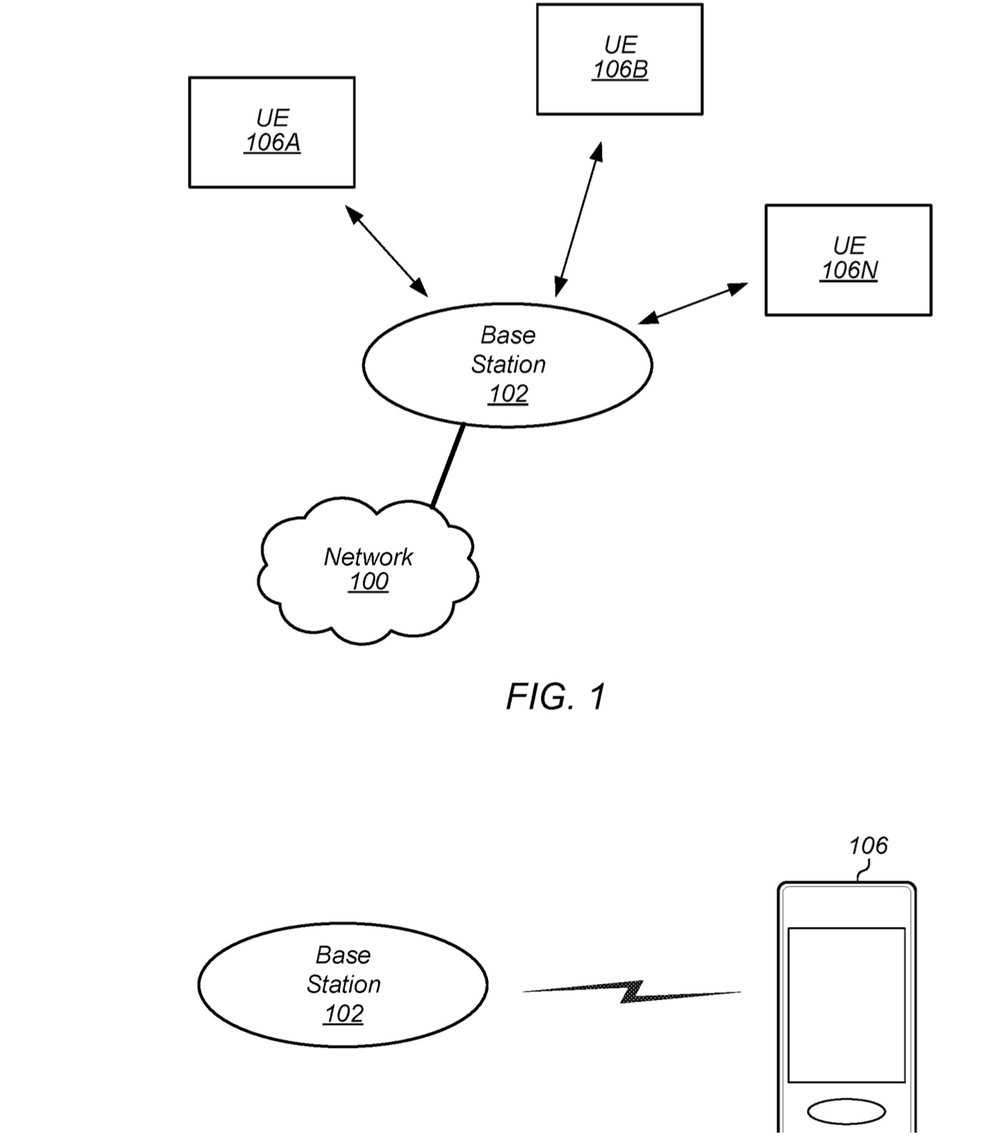Apple wants your iPhone, iPad, and Apple Watch to better manage cellular connectivity, per a newly granted patent (number 9,854,510) for “dynamic aggression management of cellular connectivity.”
As the tech giant notes in the patent filing, wireless communication systems are rapidly growing in usage. What’s more, wireless communication technology has evolved from voice-only communications to also include the transmission of data, such as Internet and multimedia content. Some examples of wireless communication standards include GSM, UMTS (associated with, for example, WCDMA or TD-SCDMA air interfaces), LTE, LTE Advanced (LTE-A), HSPA, 3GPP2 CDMA2000 (e.g., 1.times.RTT, 1.times.EV-DO, HRPD, eHRPD), IEEE 802.11 (WLAN or Wi-Fi), IEEE 802.16 (WiMAX), Bluetooth, and others.

However, the availability and quality of wireless service may be variable. Sometimes a wireless device may have problems obtaining service or lose service (e.g., be unable to detect and/or receive signals) from their service provider.
Particularly for battery powered devices, power consumption is an important consideration. Users generally prefer devices which exhibit longer battery life. However, Apple notes that, it’s common, even for battery powered wireless devices, for the them to “aggressively” try to make such connectivity even if it drains battery life. Apple’s patent would see wireless devices’ parameters automatically be modified to be less aggressive in pursuing connectivity when battery level and user activity level are both low, and more aggressive in pursuing connectivity when battery level and user activity level are both high.
Of course, Apple files for — and is granted — lots of patents by the U.S. Patent & Trademark Office. Many are for inventions that never see the light of day. However, you never can tell which ones will materialize in a real product.
